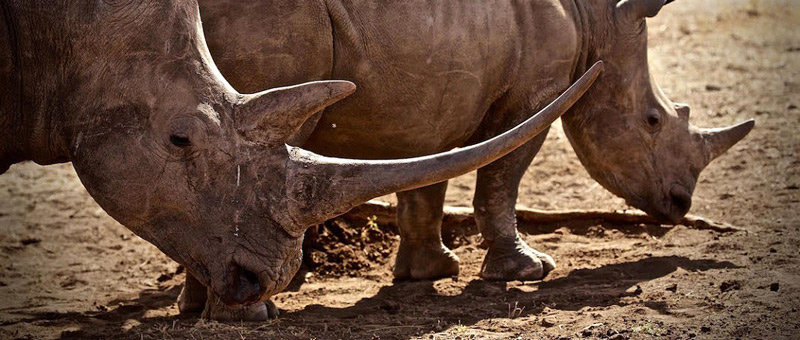We read all kind of figures about how many elephants are killed every year. 17,000, 22,000, 25,000, 30,000, 35,000, 50,000, etc.. It’s not just a problem of having different sources and opinions but also the fact that nobody really knows the extent of this tragedy. This is why the Elephant Action League recommends more caution in sharing the ‘official’ figures without pointing out that they might be wrong, very wrong.
The most recent figures, from the International Union for Conservation of Nature (IUCN), show that 22,000 elephants were killed in 2012 (http://bit.ly/18meGeT). This number was extrapolated from the data of the program MIKE (Monitoring the Illegal Killing of Elephants), managed by the CITES Secretariat and funded by the European Union. The report, released during the IUCN Summit in Botswana, predicted that if poaching will not slow down, a fifth of the elephants on the continent would be wiped out in the next decade.
Since this number, 22,000 elephants killed every year, comes from official sources like IUCN, CITES and TRAFFIC, it’s circulating widely on the media and it’s becoming the ‘official’ number. MIKE (recently evolved into MIKES) is a very important program that helped a lot in monitoring what’s going on in the field, and it’s currently the only scientific ‘official’ tool we have. The problem is that this ‘official’ number is just an estimate, an extrapolation from the best currently available data (the data does not cover all Africa and a number of countries have not yet reported their 2012 seizures) and it should not be considered as the only possible number. It should be shared with caution, explaining in details the possible issues or flaws, and most important, other numbers coming from different analysis and extrapolations should be considered as well, without patronizing the sources.
An example of different approaches and different numbers
According to MIKE analysis, an estimated 25,000 elephants have been poached in 2011. But using a different approach, Samuel Wasser, director of the Center for Conservation Biology at the University of Washington, Seattle, estimates that around 50,000 elephants were killed in 2011, given the amount of ivory seized.
What about 2013?
So far in 2013 there have been 18 seizures of ivory classified as large (officially reported), meaning they exceed 500 kilograms, totaling 41.5 tons (more than any other previous year going back to 1989). And this is just the seizures reported as above 500Kg. Now let’s put together those below 500Kg (how many?), those not reported at all, those not weighted, and then consider the assumption that law enforcement and customs were able to intercept about 10% of the illegal shipments (Interpol’s average). But please also note that, as reported on the official report by IUCN, “about two-thirds of the large ivory seizures by number, and three-quarters by weight, are transpiring as containerized shipping through seaports, and this presents a major challenge to effective law enforcement as only a small percentage (less than 5%).”
The average weight of the tusks seized in Hong Kong in July 2013 was only 1.9 kilograms, very young elephants. But let’s go with the usual average of 5kg (or 11 pounds) per tusk.
Yes, now finally we can do the math and play with numbers…
If these estimates are correct, all elephants would be wiped out in the next decade.
In the picture, elephants in Botswana






